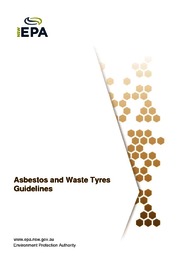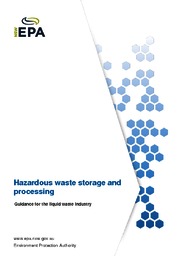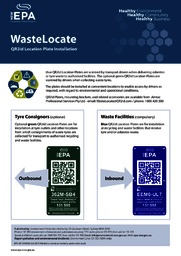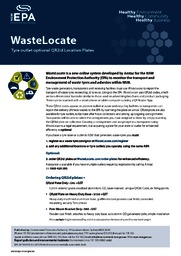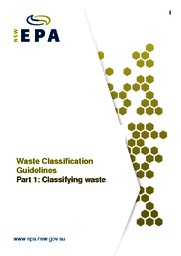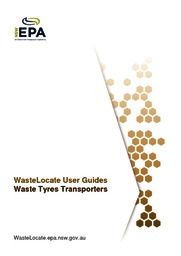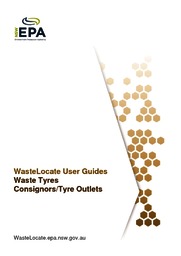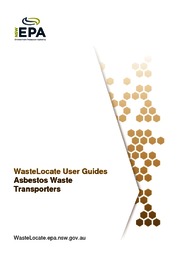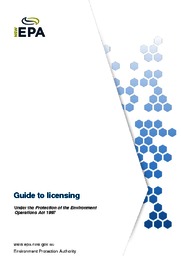The Integrated Waste Tracking Solution (IWTS) has replaced the Online Waste Tracking (OWT) and WasteLocate systems for tracking the transport of hazardous and other high-risk wastes. Our website will shortly be updated to reflect this change.
In the meantime, you can find out more about the IWTS here or by contacting us on (02) 9585 6303 or iwts.engagement@epa.nsw.gov.au.
Under Part 4 of the Protection of the Environment Operations (Waste) Regulation 2014 (Waste Regulation), the transport and disposal of hazardous waste listed in Schedule 1 must be tracked when it is transported into, within or out of NSW. Waste tracking involves:
- obtaining approval from the EPA for the hazardous waste to be transported
- completing required documentation
- ensuring all parties are authorised to transport and receive the waste.


